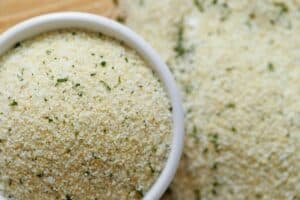So, what is the best substitute for cumin? The short answer is coriander, which can help to replicate the flavor profile of both ground cumin and cumin seeds.
The long answer is that there are tons of cumin replacements available to use, and the best one will depend on what you’re cooking. Replicating the exact flavor profile of cumin may take the right combination of alternative cumin spices, or you may want to use the cumin substitute that creates the flavor profile you’re looking for.
What is the best cumin replacement for your meal? Let’s dive into the details.
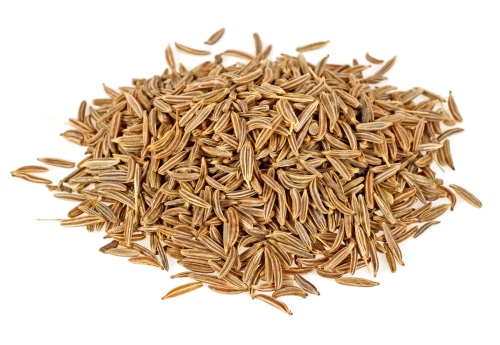
Recommended Cumin Substitutes
1. Coriander
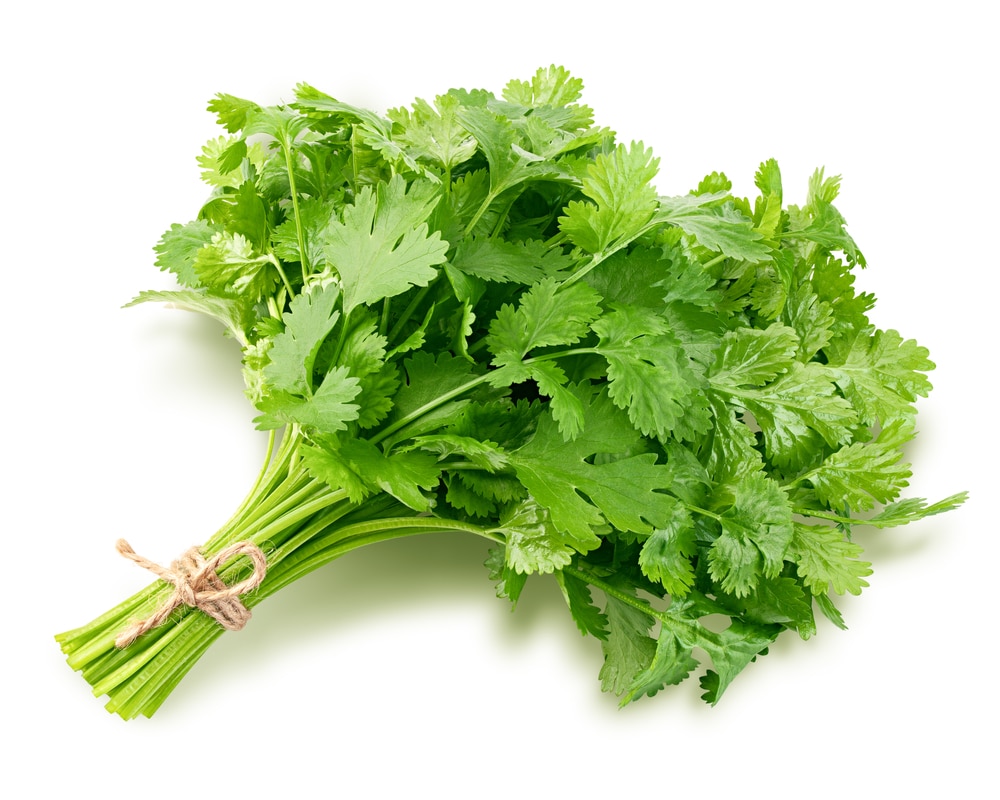
Coriander, or coriandrum sativum, is an edible plant with leaves and seeds that are often used in cooking. The seeds are typically used either as a ground or whole, like cumin.
The taste is closer to a citrus-like sour for the leaves and a more sweet and warm flavor with a hint of lemon for the powder. Both will smell delicious when toasted.
In order to use coriander as a cumin substitute, the rules are different for whether your recipe calls for cumin seeds or powder:
- Use ½ of a teaspoon of ground coriander to substitute one teaspoon of cumin powder.
- Use ¾ of a teaspoon of ground coriander for every one teaspoon of cumin seed.
Keep in mind that the end result of using coriander instead often means that the dish is lacking the bite of the spicier cumin. Some chefs like to use a bit of cayenne pepper or chili powder to bring the heat back into the food.
2. Paprika
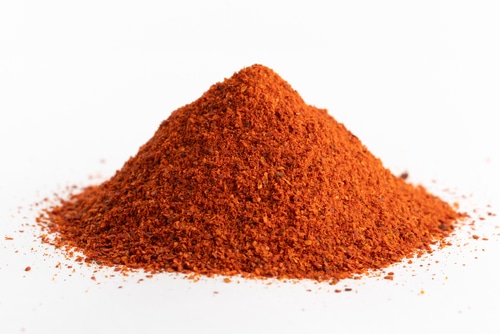
If you need a spice with a similar earthy, peppery flavor– and you don’t mind if your food turns a bit red– paprika can be an excellent cumin replacement. This particularly versatile seasoning works really well in a wide variety of foods, from tacos to currys to salads to dry rubs.
What paprika lacks in cumin’s spiciness, it makes up for with a rich smokiness that adds a delicious warmth to many different dishes. However, paprika is missing the citrus-like tang that cumin adds to dishes, so it’s helpful to include a bit of lemon zest and perhaps some coriander to better match that flavor profile.
Another convenient thing about paprika is that many people already have it in their spice cabinet, as it comes in handy for a ton of foods.
Can’t find Paprika? See recommended paprika substitutes.
3. Taco Seasoning
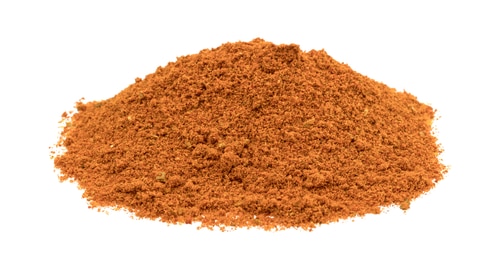
One of the most surprisingly versatile flavorings you can buy is taco seasonings, which can be used for far more than making Taco Tuesdays extra special.
Taco seasonings often contain cumin as one of the main ingredients, in addition to paprika, garlic powder, and onion powder. It also sometimes gives your food more of a reddish color, especially if it contains red pepper flakes.
To use taco seasoning as a replacement for cumin, you can use ½ of a teaspoon of taco seasoning for every one teaspoon of ground cumin.
Taco seasoning may not work well in every dish and could have a clashing flavor profile with things like curries. However, it often works great as a dry rub on roasted, grilled, or pan-fried meats.
4. Garam Masala
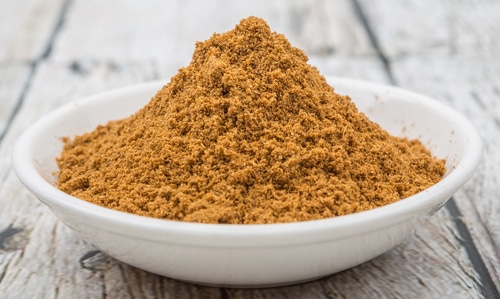
While most often used in South Asian dishes, the whole spice of garam masala is an excellent addition to any meal that needs a cumin replacement. In fact, cumin is often an ingredient in garam masala, in addition to coriander, cardamom seeds, and cinnamon.
The best way to use garam masala as a substitute for cumin powder is to add ½ of a teaspoon of garam masala for every 1 teaspoon of cumin the recipe calls for. After that, it may be a good idea to taste the food and adjust the spice levels according to the flavor profile you’re looking for.
Keep in mind that your recipe may already ask for the other ingredients contained in the garam masala, which could make those flavors too strong if added.
5. Caraway Seeds
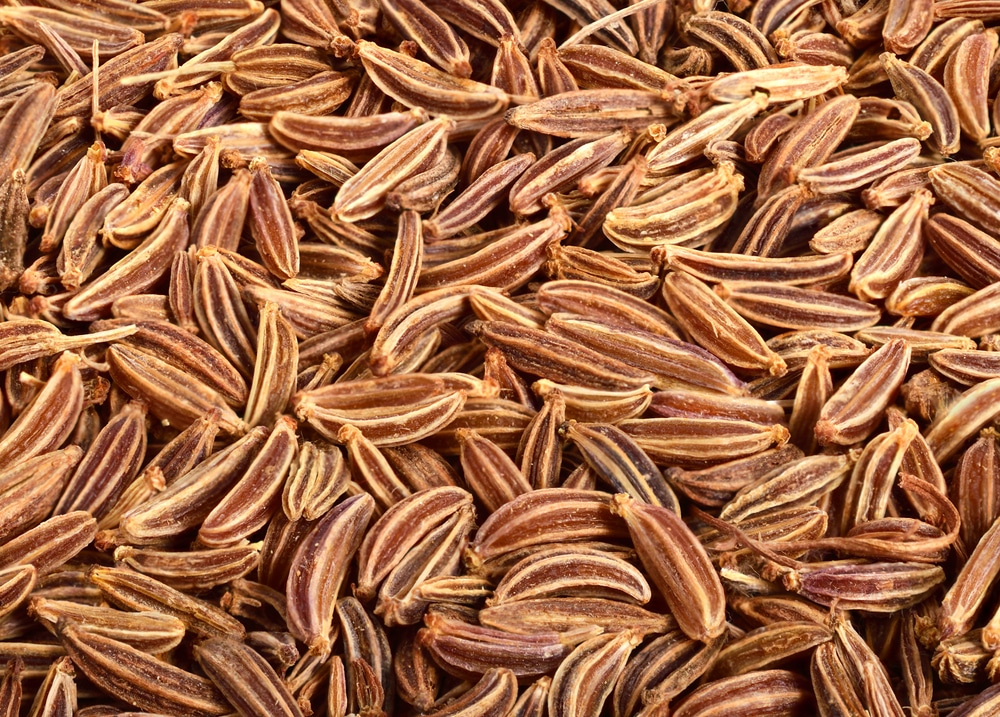
As a fellow member of the parsley family, caraway seeds can make for an effective– and healthy!– cumin replacement. Caraway seeds generally have a milder taste than cumin but have the unique advantage of having the full-seed option to replace cumin seeds.
In order to substitute caraway for cumin, you should halve the amount of spice that the recipe calls for. You can also use caraway seeds to replace cumin seeds and ground caraway to replace ground cumin.
One thing to keep in mind with caraway seeds is that the flavor will be less intense than cumin. For this reason, it’s often helpful to add the caraway, taste the dish, and add more to taste.
Frequently Asked Questions
Trying to substitute spices can be tricky! Here are the answers to a few of the most common questions about replacing cumin:
Absolutely– there are even a few spices on this list (like coriander and paprika) that can act as excellent cumin replacements. However, it’s impossible to replicate the exact flavor profile of cumin with a single spice. It’s far easier to get close to the bite of cumin by using a few seasonings mixed together.
One good mix is a careful balance of caraway and coriander, though chili and curry powder also have a great cumin-like effect. Keep in mind that chili powder (and, to a lesser extent, curry powder) will add some spiciness to your dishes, so use them with caution.
Many people describe cumin as having a sharp, earthy taste with a touch of citrus. It is often added to dishes to give them a warm, almost bittersweet feel throughout. Some chefs also say that cumin can come off as a bit peppery.
Cumin has a famously strong taste– and smell– so one way to judge whether or not someone will like the taste of cumin is to give a cumin-heavy dish a good sniff. (It’s not recommended to smell the cumin powder itself for obvious reasons.)
Not exactly– while turmeric is an excellent complement for cumin, and they both appear in several of the same recipes (such as curry), cumin and turmeric are not really suited to act as substitutes for each other due to the differences in their flavor profiles.
The confusion often comes from the fact that the turmeric root contains curcumin, a spice that sounds similar but is very different than cumin. Cumin comes from the Cuminum cyminum plant, which is totally unrelated to the turmeric root.
Using turmeric and cumin interchangeably could result in some unintended flavors in your food and is generally not recommended.
The answer to this question is a bit complicated because different chefs have different versions of chili powder. Actual chili powder is a mixture of finely ground chile peppers, which will almost always end up hotter than cumin.
However, there are also quite a few chili powder seasonings on the market that are made up of different mixes of herbs and spices. Many of them use cumin as one of the ingredients. In these cases, the chili powder may be spicier than cumin, it may have no spice at all, or it could be anywhere in between.
It’s generally a safe bet to assume that adding chili powder will make a dish hotter than adding cumin, but that’s not a hard and fast rule.
Yes, but the flavor profile will be a little different if you use cumin powder instead of cumin seeds.
The reason for this is that adding cumin powder to a dish should evenly spread the flavor throughout the food. Adding seeds, on the other hand, will give the dish small bits of strong cumin flavor whenever you bite into one.
That makes cumin powder a better fit for foods like chili and stew, as the earthy taste can spread through the whole meal. Keep in mind that you can grind your own cumin powder if you have cumin seeds and a coffee grinder– or mortar and pestle.
Not exactly. Ground cumin and cumin seed release their flavors in very different means, making them ideal for different kinds of recipes and stages of cooking. If a recipe doesn’t specifically ask for cumin seeds, it’s usually a good idea to use ground cumin.
Conclusion
While the best alternative for cumin will depend on what you’re cooking, many recipes can generally get away with using coriander, paprika, or even taco seasoning– in addition to the other flavorings on this list.
No matter whether you’re looking to replicate the cumin flavor profile exactly, or just add more earthiness and warmth to your dish, one of these cumin replacements should do the trick.





